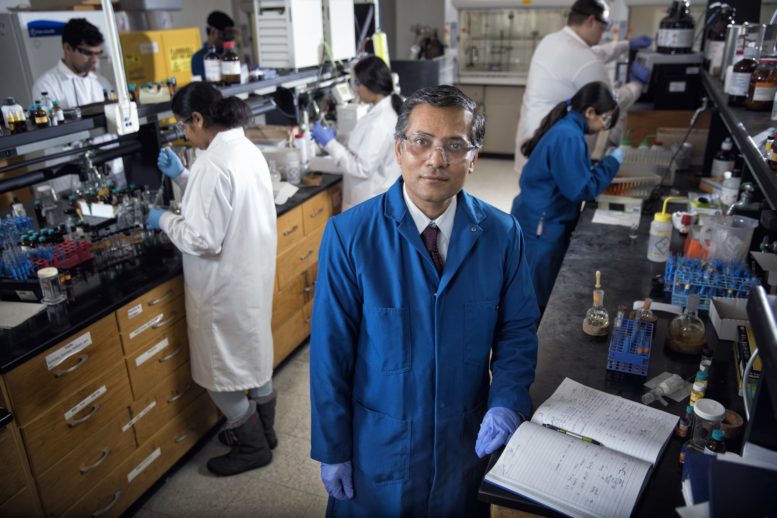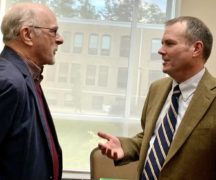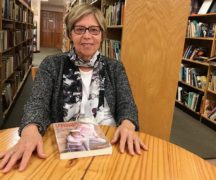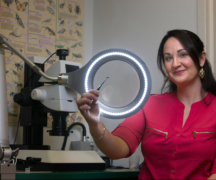From BGSU OFFICE OF MARKETING & BRAND STRATEGY
After a decade of research, a Bowling Green State University professor has helped create a process to decompose plastic on demand with the help of a chemical found in the extract of a vanilla bean.
Dr. Jayaraman Sivaguru, distinguished university professor in the BGSU Department of Chemistry, and two professors from North Dakota State University (NDSU) developed the plastic to help combat global microplastic pollution.
Sivaguru calls it an “end of life” issue, and it extends well beyond water bottles. Thousands of everyday items, from toothbrushes to cellphones to tennis shoes, are made with plastic.
The innovative method, now patent-protected, is the result of years of research by Sivaguru and NDSU researchers, Dr. Mukund Sibi, university distinguished professor, and Dr. Dean Webster, professor.
“This is a great collaboration of two universities working to solve an important global problem,” Sibi said.
The plastic, made from a chemical called vanillin found in the extract of a vanilla bean, will degrade when exposed to a specific wavelength of light.
“What we want to do is maintain the durability of these plastics, but at the same time, whenever you decide to get rid of it, you can essentially turn on a switch, shine a light and decompose the plastic,” said Sivaguru, who also serves as associate director of the University’s internationally recognized Center for Photochemical Sciences.
Vanillin is a biomass material that is renewable. It features a “photo-trigger” in the polymer backbone with programmable degradability at 300 nanometers – an ultraviolet light wavelength that’s invisible to the human eye.
About 65% of the material is recovered through the degradation process, which occurs in a controlled laboratory setting, and can be recycled.
“The question is, how can we make it even better?” Sivaguru asked. “Our ideal goal is to make it 90%, 95%, 100% recyclable.”
The researchers’ findings were published in Angewandte Chemie, one of the world’s premier chemistry journals. The article, “Towards Upcycling Biomass-Derived Crosslinked Polymers with Light,” was among the most read in June.





